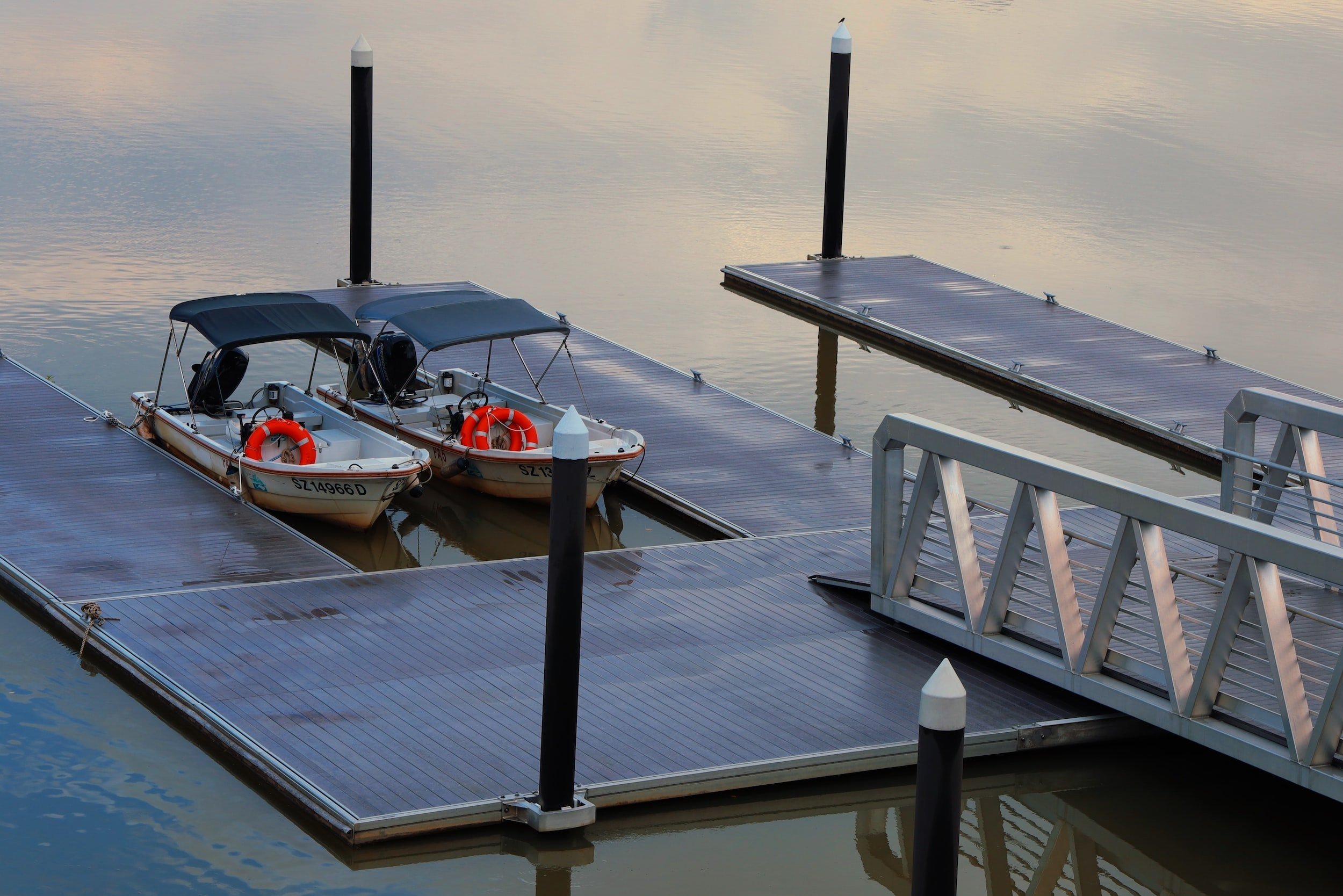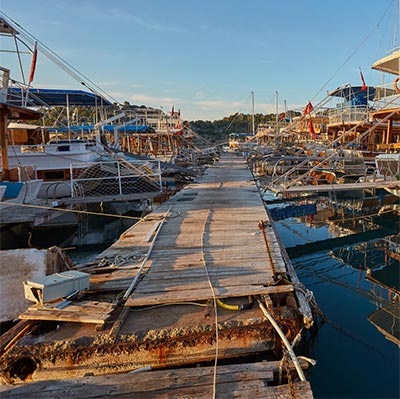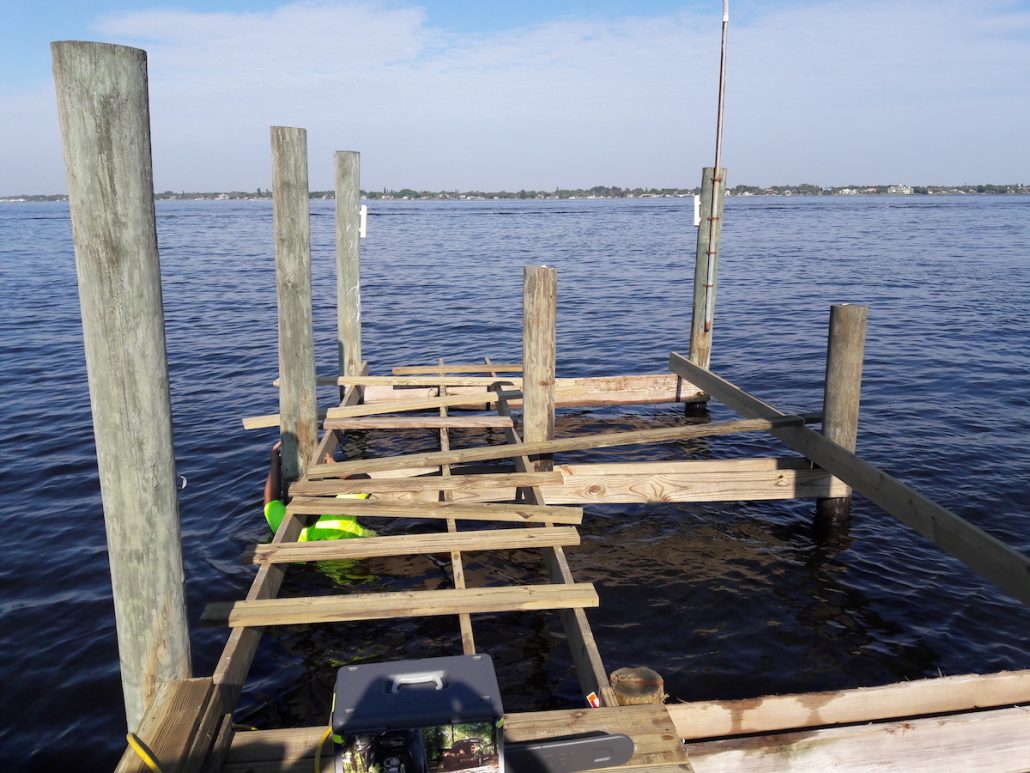The Significance of Timely Dock Repairs for Waterside Safety And Security
The Significance of Timely Dock Repairs for Waterside Safety And Security
Blog Article
Effective Dock Repair Work Techniques: Guaranteeing Structural Integrity
Ensuring the structural stability of docks through effective repair strategies is extremely important for the long life and safety and security of aquatic facilities. This includes a multi-faceted method starting with comprehensive examinations making use of sophisticated innovations like sonar equipment and remotely ran lorries (ROVs) to detect both noticeable and concealed problems. Consequently, picking the right fixing products, such as corrosion-resistant alloys and composite materials, is important for resilience. Structural reinforcement methods, consisting of the application of cross-bracing systems and load-distribution plates, play an essential role in mitigating stress and anxiety factors. Nevertheless, the importance of these techniques ends up being apparent when discovering sophisticated fixing methods and preventative maintenance techniques.
Examining Dock Damages
Examining dock damages is a critical very first action in making sure the structural stability and safety of any docking center. Key elements to examine include the dock's foundation, pilings, outdoor decking, and hardware (Dock Repairs).
Architectural engineers or qualified inspectors typically perform these analyses making use of specialized devices and strategies. For instance, underwater evaluations could utilize finder tools or from another location operated automobiles (ROVs) to spot submerged damages. Above water, visual assessments are complemented by using dampness meters and various other analysis devices to uncover underlying concerns not right away noticeable to the naked eye.

Picking Repair Work Materials
Selecting the appropriate repair work materials is a crucial action in the dock remediation process, one that straight influences the longevity and performance of the repaired framework. Product option should be driven by aspects such as environmental conditions, load-bearing needs, and compatibility with existing dock components. For example, timber is a standard choice for docks because of its natural durability and visual charm. Nonetheless, choosing the ideal kind of timber, such as pressure-treated lumber or naturally rot-resistant varieties like cedar or teak, is important to stand up to aquatic settings.
In addition to wood, composite materials are increasingly popular because of their longevity and reduced upkeep requirements. Compounds, commonly made from a blend of plastic and wood fibers, use exceptional resistance to rot, insects, and UV damages. For steel anchors, choosing corrosion-resistant alloys such as galvanized steel or marine-grade aluminum is vital to avoid corrosion and guarantee structural integrity in saline water problems.
Epoxy resins and marine-grade sealers are crucial for repairing fractures and securing joints, providing a waterproof barrier and enhancing the dock's general strength. By carefully picking top quality products, dock repair services can achieve lasting outcomes, consequently securing versus future destruction and guaranteeing risk-free, dependable usage.
Architectural Support Techniques
Efficient structural support strategies are important in ensuring the stability and long life of dock fixings. This approach is especially efficient for docks revealed to hefty loads or harsh environmental conditions.
One more necessary method is the application of fiber-reinforced polymers (FRP) These materials use high strength-to-weight proportions and outstanding resistance to corrosion, making them perfect for reinforcing wood or concrete docks. FRP can be used in sheets or strips and bound with epoxy materials to boost structural stability.
Supporting and securing systems additionally play an essential function in structural support. Cross-bracing, making use of metal or wood beam of lights, can counteract side forces, reducing swaying and motion. Securing systems, such as helical piers or driven heaps, offer a secure foundation by transferring tons to much deeper, extra stable soil layers.
Finally, the assimilation of load-distribution plates can assist distribute weight extra uniformly across the dock's surface, reducing localized anxiety points. These methods jointly ensure that docks continue to be risk-free and robust, efficient in standing up to the roughness of their operational setting.
Advanced Repair Methods

One more innovative technique involves underwater welding, which enables fixings to be carried out without the demand to dewater the area. This approach is particularly helpful for attending to structural concerns in immersed dock elements, making certain very little interruption to procedures. Improved welding strategies, combined with robotic systems, deliver precision and integrity, thus expanding the lifespan of the dock.
In addition, cathodic defense systems are executed to avoid corrosion in metal dock frameworks. By utilizing sacrificial anodes or satisfied present systems, these strategies effectively minimize the electrochemical procedures that bring about product degeneration.
Finally, advanced surveillance technologies, such as architectural health monitoring (SHM) systems, offer real-time information on the condition of dock structures. These systems enable positive maintenance and timely treatments, inevitably making certain the long-lasting structural stability of the dock.
Upkeep and Avoidance
Maintenance and avoidance are essential concepts that underpin the durability and security of dock structures. Normal evaluations are vital, enabling early discovery of wear and tear, prospective weak points, and environmental effects. A proactive technique, including routine checks for rust, rot, and architectural shifts, minimizes expensive repair work and lengthens the dock's operational life.
Safety nets must include using protective coatings to metal parts to defend against rust and making use of treated timber to resist decay. Furthermore, making certain correct drain and air flow can prevent water buildup, which is a common source of architectural destruction. Including quality materials and adhering to manufacturer guidelines throughout construction and repair service phases likewise play important see here duties in boosting resilience.

Educating employees in dock upkeep finest practices guarantees regular application of precautionary steps. Leveraging technological advancements, such as drones for evaluations and sensing units for real-time tracking, can further enhance maintenance initiatives. By prioritizing see this page upkeep and avoidance, dock owners can ensure structural honesty, operational safety, and cost-efficient administration over the dock's life expectancy.
Verdict
In final thought, preserving the architectural stability of aquatic facilities demands comprehensive dock repair strategies. Advanced repair work methods, coupled with regular maintenance practices, guarantee the dock continues to be risk-free and operational under varied ecological problems.
Ensuring the structural stability of anchors with reliable fixing methods is critical for the longevity and security of marine facilities.Choosing the ideal repair service materials is an essential action in the dock repair her explanation procedure, one that straight affects the durability and efficiency of the fixed framework.Effective architectural support methods are important in making certain the security and long life of dock repair services. By focusing on upkeep and avoidance, dock owners can ensure architectural integrity, functional security, and cost-effective administration over the dock's life expectancy.
In final thought, preserving the architectural stability of marine centers demands thorough dock repair service techniques.
Report this page